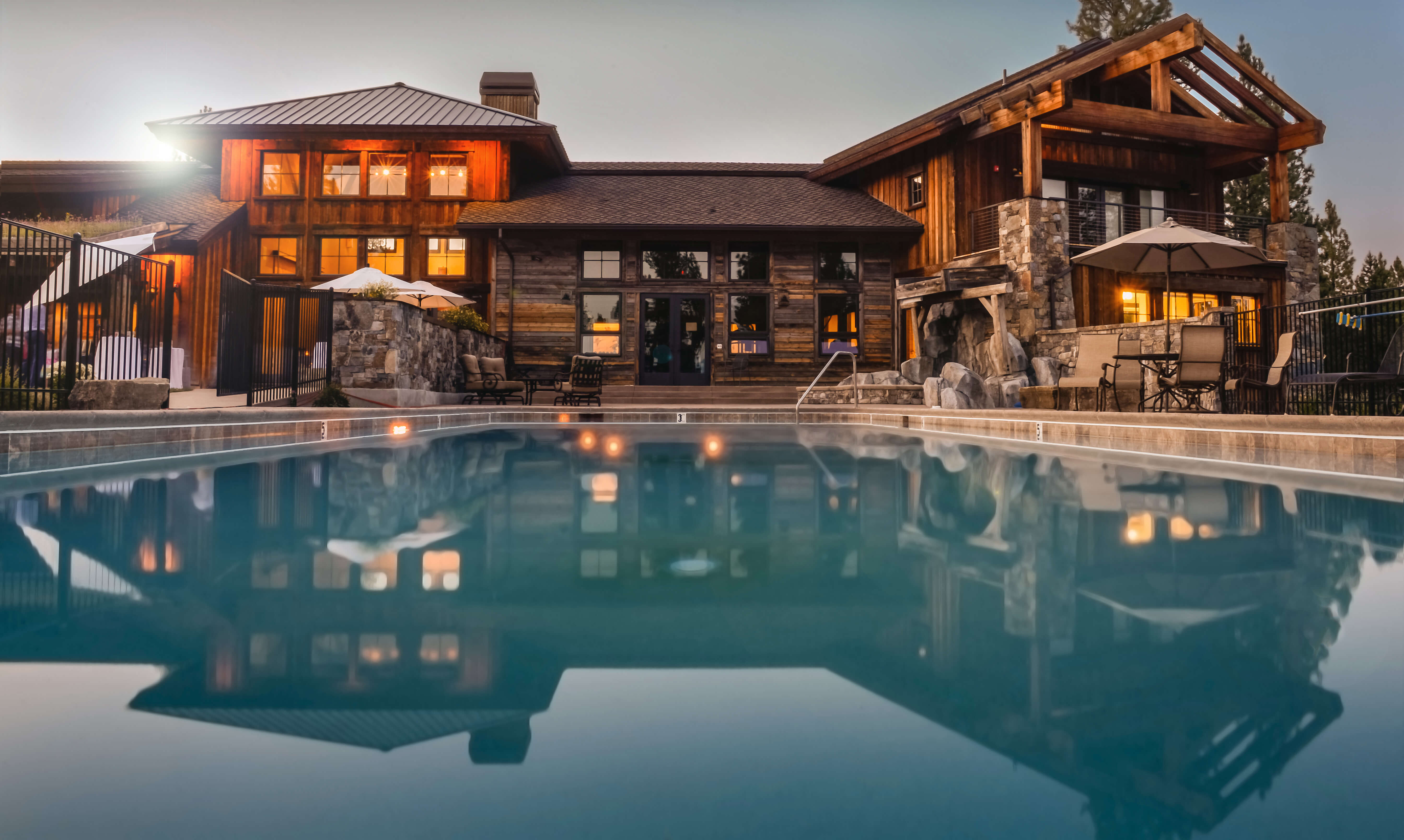
Here Are A Few Tips to Keep Your Pool in Good Condition for an Easy Opening Next Year
With the fall season quickly approaching, the days of enjoying backyard pools are limited. While you can hold on to your pool time for as long as you want, inevitably, you will have to close it for the winter before the weather gets too cold. To keep your pool in good shape throughout the off-season—and to have an easier opening next year—consider these closing tips for backyard pools.
Drain Pool and Equipment
After you’ve cleaned your pool, balanced the water, and added chlorine before closing, finish by draining the water to 4-6 inches below the skimmer. Be sure to also drain the pipes, pump, filter, and heater. You can use a shop vac to blow out the lines or hire a professional to do this part for you. If there is any water left in the pool equipment, it will freeze over the winter, crack, and could be expensive to replace.
Add Winter Algaecide
When closing your pool, add an algaecide that kills algae and prevents its growth over a prolonged period. Winter algaecides tend to work for 90 days, so if you add this treatment during the fall closing, you won’t have to add another until mid-winter. Furthermore, if you stay on top of algae growth throughout the winter, your pool opening will be much easier next year.
Add Off-Season Enzymes
Use off-season enzymes to keep the pool water clean throughout the winter. These enzymes break down non-living organic contamination—such as bather contaminants, pollen, and bird droppings. By doing so, you can avoid that pesky waterline ring that is hard to scrub off in the spring.
Use a Fitted Pool Cover and Keep it Clean
Keep your pool protected from dirt and debris throughout the winter with a fitted swimming pool safety cover. These covers prevent contaminants from entering your pool, making it easier to open and clean come spring. They also keep animals and children from falling into the pool.
During the fall, use a hose to spray off any leaves and debris that pile up on the cover. In the winter, you can use a broom or shovel to remove snow. Although these covers can withstand weight, it’s better to keep them clean to prevent wear and tear over time. For ease of cleaning, attach an air pillow to the centre of the cover in the pool; this will keep the water, snow, and debris to the sides of the cover, and protect your pool from ice damage.
Check on your cover and air pillow throughout the winter to make sure they’re in good shape. The cover might become loose, so tighten it when needed. Also, the air pillow might deflate over time, so you may have to inflate it.
Close Backyard Pools as Late as Possible
Once your backyard pool equipment is off, and you’ve secured the cover, the water becomes stagnant. Despite having added the algaecides and chlorine, stagnant water can lead to bacteria growth over time. So, a rule of thumb to shorten the stagnancy is to close your pool as late as possible in the fall—once the weather is cold, but not below freezing—and open it as early as you can in the spring. The less time the water is warm and stagnant, the cleaner your pool will be. This means less time spent cleaning and opening your pool, and more time spent enjoying your backyard pool next summer.

Bert Minor has been a part of the landscaping business for nearly twenty years and has gained an excellent reputation as an innovative and creative designer. In fact, several of his designs and projects have been featured in industry supplier magazines. An active and contributing member of the industry, Bert sat on various boards including the Ottawa Chapter of Landscape Ontario and the Landscape Ontario Provincial Construction Committee. Bert also contributed technical articles published in the Canadian National Landscape Association magazine. With a relentless pursuit of knowledge, Bert has attained several industry certificates in landscape design, landscape construction and with the PHTCC—Pool and Hot Tub Council Canada. Prior to joining the landscaping industry, Bert spent several years in management in the services sector primarily in a customer advocate role. His honesty and integrity and his ability to build and develop strong relationships with clients reflects that.
